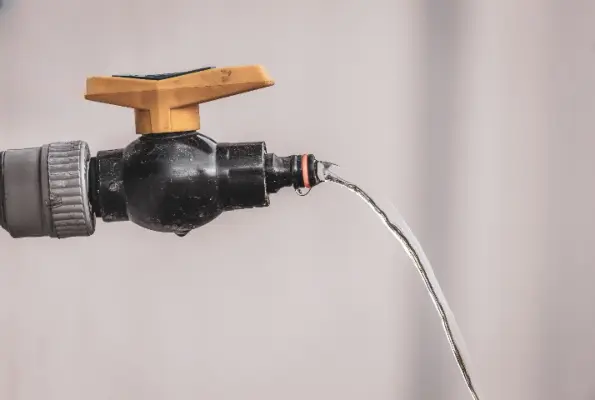The Middle East and North Africa (MENA) region faces the world’s most acute water scarcity challenges, with over 60% of the population lacking reliable access to potable water. However, this crisis has sparked remarkable innovation, positioning MENA as a global leader in developing and implementing cutting-edge water technologies that could revolutionise water management worldwide.
What happens when the taps run dry? You innovate, or you decline. The Middle East and North Africa region sits at the sharp edge of that choice. Over 60% of people lack reliable access to safe drinking water. Yet, the region is not just coping. It is building the next chapter of global water technology and forcing the world to pay attention.
Start with the scale. Some 41% of the land is classified as extremely arid. Populations are growing. Cities are swelling. Heat and drought are intensifying. By 2050, per capita water availability is set to fall by 40-50%. In the Gulf Cooperation Council (GCC), demand is projected to jump 62% by 2025. Traditional sources are depleted. That is the bad news. The good news is that necessity has turned the region into a high-stakes testbed for bold ideas.
Look at desalination. Saudi Arabia and the UAE already get more than 80% of their potable water from desalinated sources. The story is no longer just reverse osmosis. The frontier is renewable-powered systems that tackle two crises at once: water scarcity and carbon emissions.
Concentrated Solar Power delivers stable energy for round-the-clock operations. Egypt’s MATS project in Borg El Arab shows what this looks like on the ground: power a plant with the Sun, serve roughly one thousand people, and cut emissions meaningfully.
Then, there is electrodialysis coupled with photovoltaics. Solar-powered EDR can beat on-grid RO on energy costs in the right settings. That shifts desalination from a lifeline for cities to a viable tool for farms. It brings down operating expenses, broadens where and how desal can be deployed, and puts resilience within reach of agriculture.
Smart water is the next frontier. Israeli firms like WINT Water Intelligence run AI on flow data to find leaks and shut them off. Think of the Empire State Building. Cooling glitches were costing hundreds of thousands of dollars a year until smart analytics flagged the waste.
Kando pushes intelligence upstream into wastewater. Hardware plus machine learning gives operators a live map of quality. With 85% of Israel’s wastewater reused for irrigation, data turns effluent into an asset.
Treatment and reuse are getting compact and fast. MENA Water FZC in the UAE builds containerised plants that use Membrane Bioreactor technology. They’re plug-and-play, leaving a smaller footprint with lower energy needs. They also produce higher-quality water for irrigation and industry. Moreover, if you send a plant to a remote site, you get a reliable supply of water.
Farming is changing too. Solar-powered drip irrigation trials in Jordan and Morocco show how to deliver water precisely and cheaply. Photovoltaic EDR lets farmers desalinate brackish groundwater on-site.
The time-variant operations feature helps match power draw to the sun throughout the day. You don’t need a grid or fossil fuel. This allows for more control over yields in a tougher climate.
Policy and money matter. The UAE’s Water Security Strategy 2036 targets diversified sources and higher efficiency. It sets a goal for renewable-powered desalination to reach 25% by 2030. Cross-border projects are growing because aquifers do not carry passports. Regional collaboration is not charity. It is practical engineering across shared risks.
This is also a market story. The Middle East and Africa desalination equipment market is valued at $5.1 billion in 2025. Governments invested more than $7.5 billion in desalination infrastructure between 2019 and 2023. The excess capital pulls in entrepreneurs and big players, whose mere scale drives costs down. They help develop better membranes, smarter controls, and, as an end result, also channel cheaper electrons from the sun.
The world is watching because it must. Climate change is global. Water stress is spreading. The solutions being proven in MENA travel well. MENA has developed astounding tech that will benefit the world. They have created dependable, renewable-powered desalination plants, AI-driven leak detection techniques, modular MBR systems, and agricultural desal that runs on sunlight.
The crisis has made the region an unlikely leader. The real question is who will follow. Will policymakers match rhetoric with investment and regulation? Will utilities embrace data and fix leaks before they flood budgets? Will agriculture pivot to precision and reuse at scale? The technology is here. The stakes are clear. The clock is already ticking.



